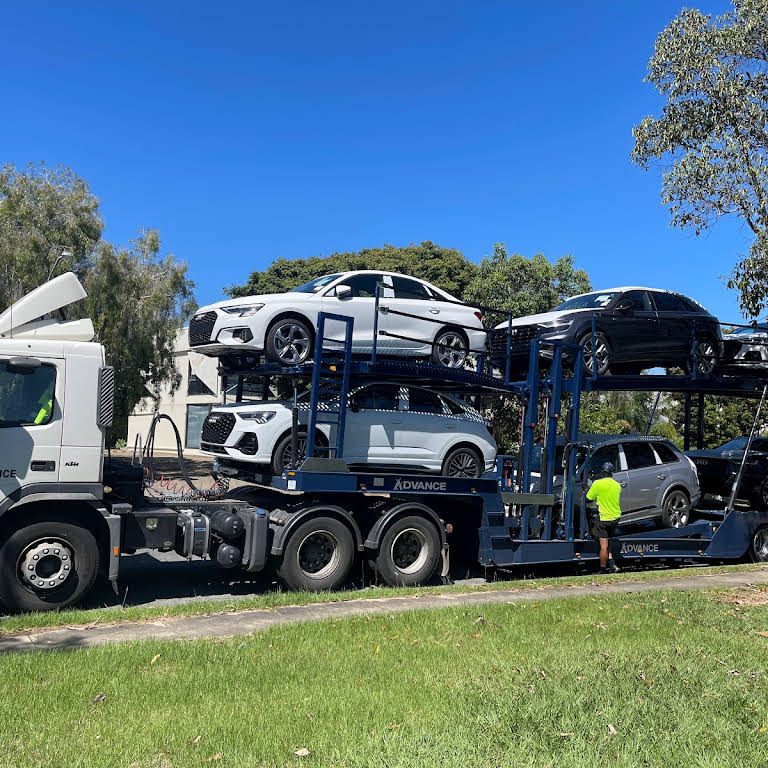With electric vehicles (EVs) rapidly gaining popularity, more owners are faced with a critical question: How do you ship an electric vehicle safely? Whether you’re relocating, buying or selling a Tesla, or heading south for the winter, knowing how to transport your EV correctly is essential to protecting your investment.
This guide walks you through the complete process of shipping an electric vehicle safely, ensuring you’re prepared from the moment you book until your car arrives at its destination. Let’s dive into the key steps every EV owner should follow.
Understanding the Unique Needs of Electric Vehicles
Electric cars differ from traditional gas-powered vehicles in several important ways, and these differences must be accounted for during transportation.
- Battery Sensitivity
The lithium-ion batteries that power EVs are powerful but sensitive. Improper handling, high temperatures, or physical damage can pose risks. Carriers familiar with EVs know how to secure the battery system and avoid overheating during transit.
- Weight Distribution
Electric vehicles are generally heavier than their gas counterparts due to the battery packs. A standard car might weigh 3,000 lbs, but an EV like the Tesla Model S can weigh over 4,800 lbs. This added weight affects how the vehicle is loaded and secured.
- Charging Ports & Software
With EVs, there’s also the consideration of charging accessibility, software lockouts, and brake settings. These features require a bit more coordination between the owner and the transport company.
When you book with a specialized service like Car Shipping Auto, you’re working with professionals who understand the nuances of EV transport—minimizing risks and maximizing safety.
Step-by-Step Guide to Shipping Your Electric Vehicle Safely
Step 1: Choose the Right Type of Auto Transport
When it comes to shipping electric vehicles, your first big decision is whether to choose open or enclosed transport.
Open Transport
Open carriers are more common and affordable. However, they expose your EV to weather and road debris. If you’re transporting a lower-cost EV or driving a short distance, this might be suitable.
Enclosed Transport
For luxury models like the Rivian R1T, Porsche Taycan, or Lucid Air, enclosed shipping is often the safer option. Your vehicle is protected on all sides, which is ideal for high-value or pristine-condition EVs. This option is slightly more expensive but well worth it for peace of mind.
Car Shipping Auto offers both open and enclosed options, with experienced drivers who are trained in electric vehicle handling protocols.
Step 2: Prepare Your Electric Vehicle for Transport
Proper preparation helps prevent delays and ensures your EV arrives in perfect condition. Here’s a quick checklist:
- Charge to 30-50%: Unlike a gas tank, EVs should not be fully charged for shipping. Aim for a 30–50% charge to reduce battery stress.
- Disable Auto-Pilot and Driver Assist: Turn off all autonomous driving features to avoid malfunctions during loading or unloading.
- Provide Charging Cables: Include a portable charger or adapter if your delivery destination might not have charging infrastructure.
- Document the Condition: Take detailed photos of the vehicle from all angles. Include interior shots, the tire condition, and odometer reading.
- Secure Loose Items: Remove valuables and make sure nothing inside the vehicle can shift during transport.
Before your EV is picked up, your driver will perform an inspection. Having everything in order streamlines the process and protects you in case of damage claims.

Step 3: Work with an EV-Savvy Transportation Provider
The most critical step in shipping an electric vehicle safely is choosing the right shipping partner. Not all auto transport companies are equipped to handle EV-specific needs.
Look for a provider with:
- Experience shipping EVs
- Knowledge of battery safety
- Proper equipment for heavy vehicles
- Real-time tracking and updates
- Positive customer reviews and DOT registration
At Car Shipping Auto, our network includes carriers trained in EV handling, with a focus on secure loading and real-time communication. Whether you’re shipping across the state or cross-country, our experts ensure your EV is treated with care.
Step 4: Monitor Your Vehicle During Transit
Modern auto shipping includes tracking features that keep you in the loop. Once your EV is loaded, you’ll receive regular updates about its location and expected delivery window.
Pro tips:
- Ask for a Bill of Lading: This document outlines the condition of the car at pickup and drop-off.
- Stay in touch with the driver or dispatcher: Open communication helps resolve any concerns quickly.
- Prepare the delivery location: Ensure someone is available to receive the vehicle, especially if a charging station is needed right away.
Step 5: Inspect Upon Delivery and Recheck Systems
When your EV arrives at its new home, inspect it thoroughly:
- Compare it against the photos you took earlier.
- Check for physical damage and battery status.
- Re-enable any driver-assistance features or safety settings you disabled before transport.
- Test charging functionality at your home station or a nearby EV charger.
If you notice any issues, document them immediately and contact your transportation provider to resolve the situation.
Final Thoughts: Making EV Shipping Safe and Simple
Shipping an electric vehicle safely doesn’t have to be complicated. With the right planning and a trusted partner, your EV can arrive in top shape—no matter the distance.
To recap:
- Book enclosed transport if you’re shipping a high-value or luxury EV.
- Charge the battery to 30–50% before shipping.
- Choose an experienced EV transport provider like Car Shipping Auto.
- Prepare and inspect your vehicle carefully before and after shipment.
Whether you drive a Nissan Leaf, Ford Mustang Mach-E, or Tesla Model Y, your EV deserves specialized care and handling during transit. Trust Car Shipping Auto to deliver your electric vehicle safely, affordably, and on time.
Get your free EV shipping quote today and ship with confidence.
